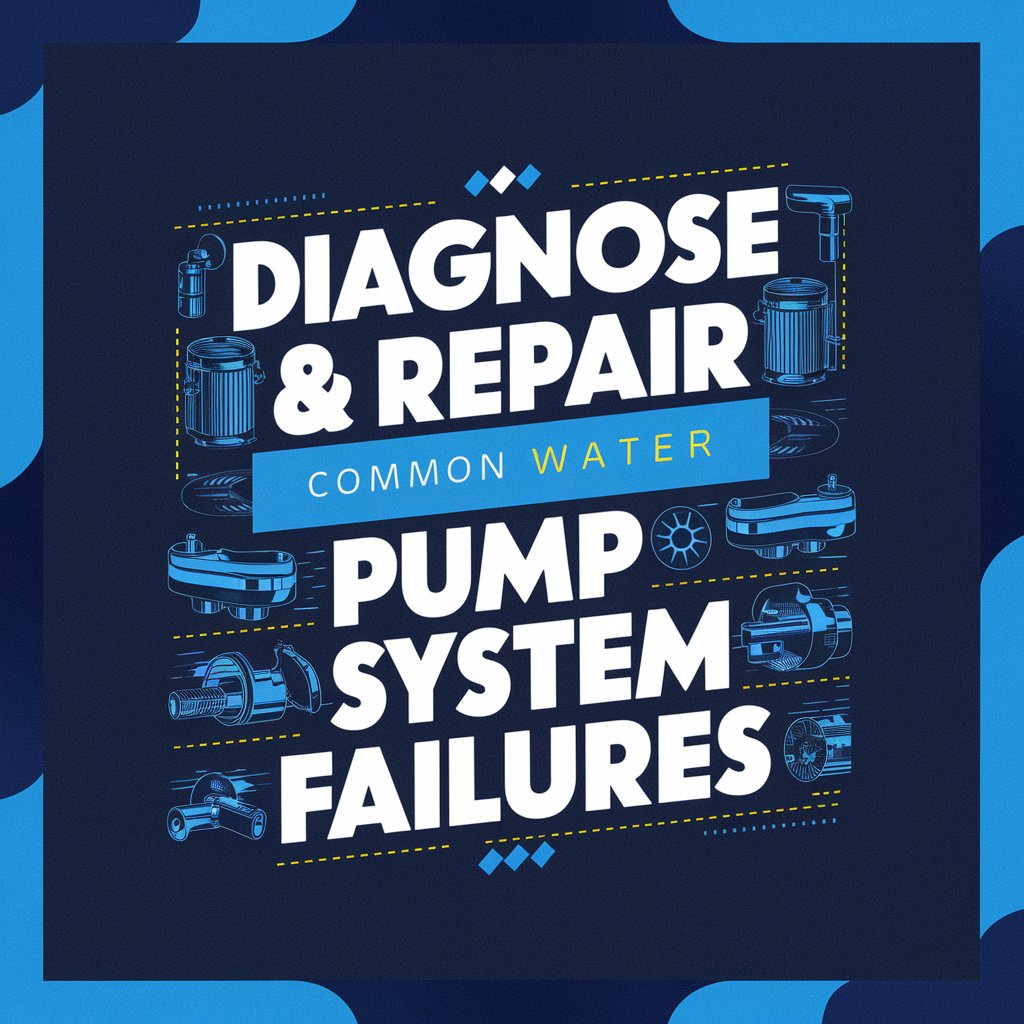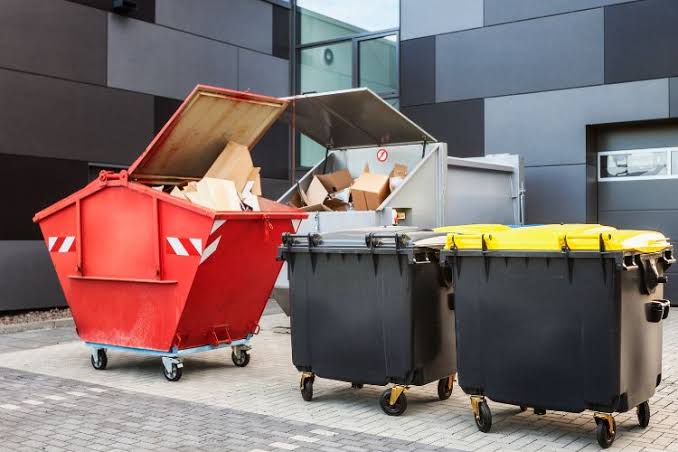A well-functioning water pump is crucial for maintaining your vehicle’s cooling system and preventing engine overheating. When a water pump fails, it can lead to significant engine damage and costly repairs. Understanding how to diagnose and repair common water pump system failures can save you time, money, and the hassle of dealing with extensive engine issues. In this post, we’ll discuss how to identify common water pump failures and determine whether to clean the system or replace your water pump.
Diagnosing Common Water Pump Failures: From Coolant Leaks to Corroded Water Pumps
Recognizing the early signs of a bad water pump is key to preventing further damage. Here are some common symptoms and how to diagnose them:
- Coolant Leaks: One of the most apparent signs of a failing water pump is coolant leaking from the front of your vehicle. Check underneath your car for puddles of coolant, which might appear as green, orange, or pink fluid, depending on the type of coolant used.
- Overheating Engine: If your engine frequently overheats, it might be due to a malfunctioning water pump that is not circulating coolant effectively. Pay attention to the temperature gauge on your dashboard; if it consistently reads higher than normal, the water pump could be the culprit.
- Whining Noise: A high-pitched whining noise coming from the front of your engine could indicate a worn-out water pump bearing. This noise typically increases with engine speed and is a clear sign that the water pump needs attention.
- Corrosion and Rust: Over time, the water pump can develop rust and corrosion, which can hinder its performance. Inspect the water pump for any visible signs of rust or corrosion. If you notice any, it might be time to replace the water pump.
How to Decide If You Can Clean the System or Replace Your Water Pump
Once you’ve diagnosed a potential water pump issue, you need to decide whether cleaning the system will suffice or if a complete replacement is necessary.
Cleaning the System
In some cases, minor issues with the cooling system can be resolved by thoroughly cleaning it. Here are instances when cleaning might be enough:
- Mild Corrosion: If the water pump shows only minor corrosion, you can try cleaning it with a specialized coolant system cleaner. This cleaner will help remove rust and deposits that may be affecting the pump’s performance.
- Small Leaks: For small coolant leaks, you can use a coolant sealant. However, this is often a temporary fix, and it’s essential to monitor the leak and consider a more permanent solution if the problem persists.
Replacing the Water Pump
If the water pump shows significant damage or if cleaning does not resolve the issue, replacement is likely necessary. Here are scenarios where replacement is the best option:
- Severe Corrosion and Rust: If the water pump is heavily corroded or rusted, cleaning will not be effective. Replacing the water pump will ensure your cooling system functions correctly.
- Persistent Overheating: If your engine continues to overheat after cleaning the system, it’s a sign that the water pump is not working correctly and needs replacement.
- Major Leaks or Noise: If the water pump is leaking significantly or producing a whining noise, it indicates severe wear and tear. In this case, replacing the water pump is the safest option.
For those needing a water pump replacement, AutoZone offers a wide range of options, including high-quality replacements for various vehicle models. Whether you need a new Kia Sportage engine component or a replacement engine for Ford Escape, AutoZone has you covered.
In conclusion, diagnosing and addressing water pump failures promptly can prevent severe engine damage and save you from costly repairs. By understanding the signs of water pump failure and knowing when to clean or replace the pump, you can maintain your vehicle’s performance and longevity. AutoZone provides the parts and expertise you need to keep your vehicle running smoothly.






